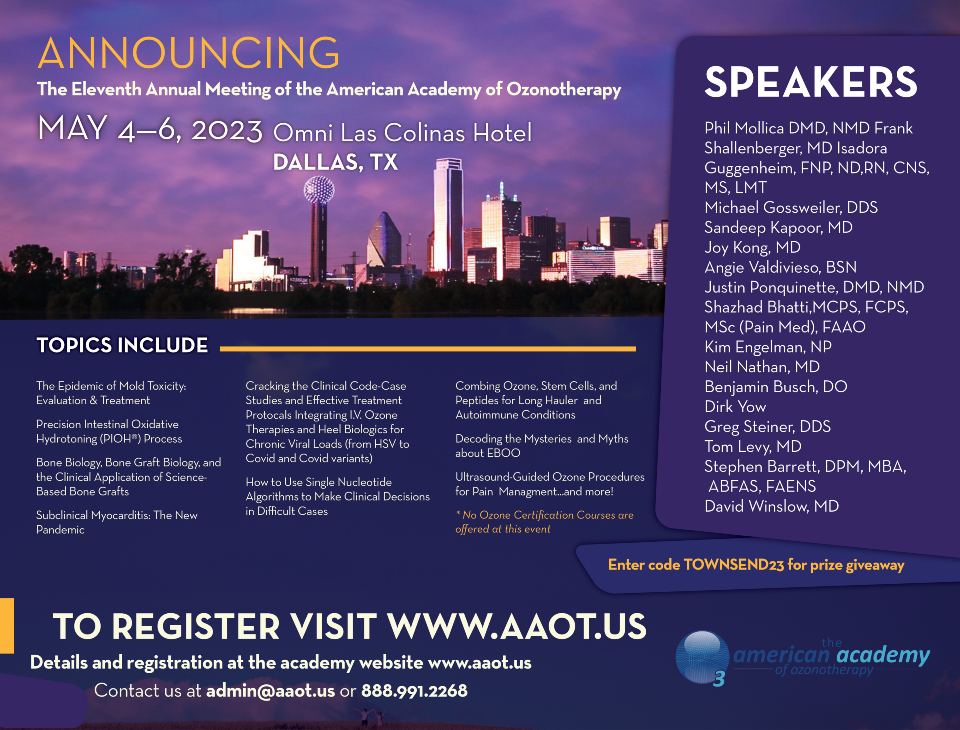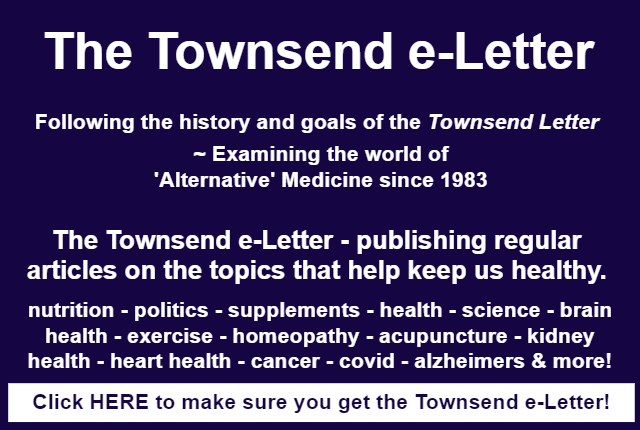Richard Jaffe, Esq.
There have been a lot of papers flying around the state in various court cases, so it seemed like a good idea to tell the vaccine-concerned physician and lay community where the law and cases stand.
Soapbox Speech
Before I get into the AB 2098 lawsuits, let me relate where we are on the pre-AB 2098 soap-box speech Covid misinformation investigations by the medical board which started in late 2021 and early 2022. So far as I can tell, there were only four such investigations: my client/plaintiff Doug McKenzie, Mark McDonald (lead plaintiff in the AB 2098 lawsuit), and two other docs who I will not name.
I have previously relayed that the board’s investigation of Dr. McKenzie was terminated shortly after I filed a lawsuit against the medical board. (And like with VAERS, no causation, just a temporal association).
I can now report that all of the other three soap-box speech board investigations have also been terminated. (The board is still investigating one of those doctors, but it is for conduct unrelated to Covid misinformation.) I haven’t heard of any other investigations, and arguably there should not be any more because I read the legislative history of AB 2098 as a legislative acknowledgment that the board can’t stop doctors from speaking out in public about any matter of public interest. So, that part of the Federation of State Medical Boards’ invitation to medical boards to go after doctors for spreading Covid misinformation is over, in California at least, (or so it seems it me.)
Unfortunately, it is alive and well in other Western states. A Washington state doc is going to a hearing in a few months for newspaper columns he wrote. I think that is appalling. I am told that there is or will shortly be a federal lawsuit about that and other such Washington board cases. Good, there should be, and I think they will win. New Mexico has a board policy implementing the Federation’s Covid misinformation policy/press release. Colorado also has something on the books. Both of those states include soapbox speech as potentially disciplinable conduct.
I also know that some other western states are investigating doctors for Covid misinformation. But it gets complicated because the investigations also involve treatment decisions, or public pronouncements about their use of off-label Covid treatments, and that gets tricky since prescribing treatments is within the heartland of what medical boards do.
But after all the dust settles, I am confident that the Federation’s attempt to have its members sanction doctors for what they say in public will be rejected by the courts.
Getting Back to AB 2098…The Good News
As of today March 9, 2023, there is a preliminary injunction barring the enforcement of AB 2098 (now Bus. & Pro. Code Section 2270), the Covid misinformation bill. To relate the details: Judge Shubb issued the injunction in two related cases, Hoeg v Newsom, a lawsuit which had 5 individual physicians as the plaintiffs, and our case, Hoang v. Bonta, brought by an osteopathic physician and two organizations, Physicians for Informed Consent (PIC) and the California Chapter of Children’s Health Defense.
PIC is an organization that disseminates information about vaccines, advocates for voluntary vaccination (as opposed to and opposes mandatory vaccination), and consists of physicians, scientists, and laymen. From my perspective, PIC is basically the main physician organization in California that fights vaccine mandates. Prior to the pandemic, they held a couple of well-attended conferences that brought some of the leading advocates for voluntary vaccination (and against mandates), including the late great Toni Bark, CHD’s Bobby Kennedy and Mary Holland, and others (me being one of those others).
The reason I am relating these details about PIC is that Judge Shubb who issued the injunction threw the parties in both cases a curveball. Usually, the remedy for a successful facial constitutional challenge to the law is that the law is enjoined period. But Judge Shubb limited his injunction to the parties who filed the two lawsuits. I’m not sure that is correct, but you know, don’t look a gift horse in the mouth and such.
The effect of Judge Shubb’s ruling is that it only stops the board from investigating the five plaintiff doctors in the Hoeg case, Dr. Le Trinh Hoang in our case, plus PIC and its members and CHD California Chapter. There is nothing in Judge Shubb’s order that affixes a membership time frame. So my view is that any California physician who wants to be protected against a medical board investigation should join PIC. Then, if the doctor receives notice from the medical board that it is requesting information about Covid-related information, the doctor should just write back saying that the investigation is barred by a preliminary injunction and attach your PIC membership card (or whatever proof of membership it gives). For what it’s worth, like any kind of immunization, I don’t think PIC membership will work after you receive notification of a board investigation. So consider PIC membership as insurance (and to support the cause).
The Other Cases
The AB 2098 case that was filed days after Govenor Newsom signed the bill was McDonald v. Lawson. Their preliminary injunction motion was denied initially, and their case was dismissed on standing grounds. But their lawyers quickly and nimbly refiled the case with better-standing allegations. A hearing on the injunction case was held in mid-December. In late December, Central District Judge Fred Slaughter denied the injunction motion, holding that the law was constitutional because it was rationally related to an important government interest, namely to protect patients from doctors providing misinformation that could hurt or kill them.
The judge specifically cited the legislative finding that the unvaccinated are 11 times more likely to die from Covid than the unvaccinated. As most of you know, this is false. However, the McDonald case was basically a pure First (and Fifth Amendment vagueness) case and did not present evidence to the judge (at this early stage of the case) about this or any of the other Covid misinformation data in the legislative record. That was in contrast to our case and the Hoeg case, where there were detailed evidentiary declarations explaining why, among other things, there was no “contemporary scientific consensus.” In fact, our expert declaration explained in detail why the whole “11 times greater death rate amongst the unvaccinated” was wrong. We and the attorneys in the Hoeg case had a different idea of what it was going to take to get a judge to issue a preliminary injunction. Maybe that explains the difference in the results. But, sometimes it is just the luck of the draw of the judge. At the end of December, the McDonald attorneys appealed Judge Slaughter’s decision.
The Fourth Case
Couris v. Lawson was filed in the California Southern District. After the case was reassigned, it was eventually scheduled to be heard in early February. However, a week before the hearing, the judge removed the case from the calendar and stayed it pending the resolution of the McDonald’s appeal, because the judge said that the appellate decision would impact that case.
The Couris attorneys were not happy with that and so they appealed the judge’s stay order and moved to consolidate its appeal with the McDonald appeal, and the appeals were consolidated.
We Tried and Failed to Intervene in the McDonald Appeal
The Hoeg lawyers decided to support Judge Shubb’s decision by submitting a very excellent amicus brief. We chose a different and admittedly unprecedented path.
Because the AG’s office decided not to appeal Judge Shubb’s ruling, none of the evidentiary declarations in either Hoeg or our case would be before the Ninth Circuit. I thought that was a problem because while Judge Shubb did cite a number of facts from the declarations in both cases, he did not discuss some very important scientific facts in our expert declaration, which I thought the appellate court should be made aware of.
There is no obvious way to present the record in another similar case. Therefore, I decided to try to “intervene” in the case and attached the complete record in our case as exhibits to our intervention. That has never been done before, but then, it is pretty unusual for a government not to appeal when a law has been enjoined. Plus, despite the lack of precedent, the motion seemed to comply with all the requirements for intervention. So we gave it a try.
One thing we did accomplish: The opposing parties to any appeal rarely agree on anything, but both sides agreed that they didn’t want us in their appeal! Admittedly, the Appellants were none too happy about our motion. But, we already had an injunction protecting all California doctors who want such protection. Our job was to protect that injunction, and if that required us to argue that our record supported an injunction, even if the McDonald record did not, well then the argument had to be made. (Ironically, although the four docs in these two cases are heroes, and their lawyers are luminaries in the pantheon of constitutional warrior litigators, right now, the only thing which could eliminate the protection that California physicians have from Judge Shubb’s decision is the McDonald appeal, if the Ninth Circuit affirms Judge Slaughter’s opinion and writes broadly. But that’s just the nature of constitutional litigation with multiple cases. But I digress.)
The 9th Circuit’s two-judge motion panel agreed with the parties to the appeal, and our intervention motion was denied, without opinion.
Still, the record in our case is part of the appellate record. Maybe some judge or one of their clerks will read the declarations, or maybe they won’t. But it was worth the shot, or so I think. And maybe, it might help convince the appellate court that even if it’s going to affirm Judge Slaughter, it should leave Judge Shubb’s decision stand. We’ll see how it shakes out.
So Where Are We on AB 2098?
Sometime in the next 5-12 months, the 9th Circuit will issue its decision. If it broadly affirms, the AG’s office will then move to dismiss all four pending cases; and there is a good chance they will prevail, but only if there is a broad affirmance. If the 9th reverses, my guess would be it orders a rehearing or reconsideration by Judge Slaughter because he used the wrong standard (he used rational relationship, but he should have used at least intermediate scrutiny). In that case, there is a good chance that Judge Shubb’s decision will survive.
But in the meantime, and I reiterate, if you want to be protected by Judge Shubb’s preliminary injunction, you should join PIC, sooner rather than later.
For updates, see Rick Jaffe’s blog at https://rickjaffeesq.com/.
Published here April 8, 2023
About the Author
Richard Jaffe is a health care litigator, focusing on cutting-edge medical/legal issues. He has a JD from Columbia Law School where he was a member of the Columbia Law Review and a Stone Scholar and a BA with honors from the Hebrew University of Jerusalem where he received the prize for academic excellence in the History and Philosophy of Science.
He is admitted to practice in California, Texas, and New York, but works on litigation and criminal and administrative investigations involving significant health care issues throughout the country.


